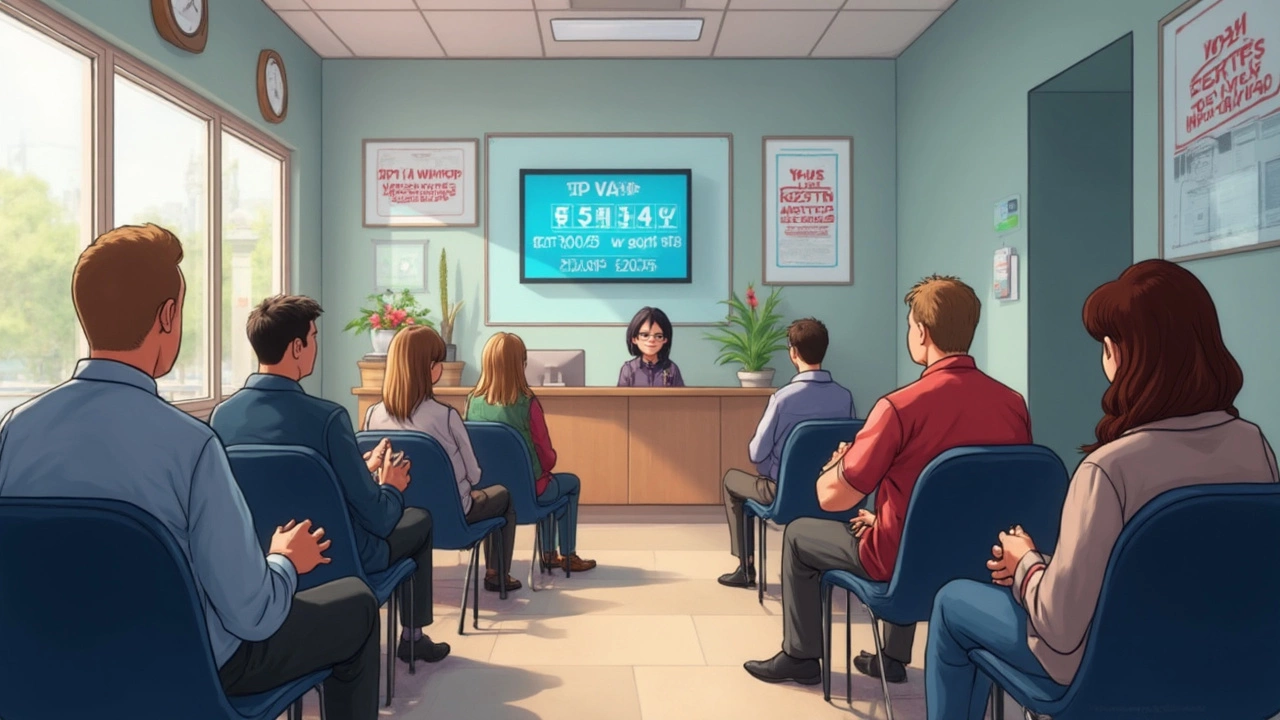Doctor Costs UK: A Practical Guide to What You’ll Pay
Wondering why a simple GP visit sometimes feels pricey? You’re not alone. In the UK, the price tag on medical care can change depending on where you go, what you need, and whether you’re using the NHS or a private practitioner. This guide breaks down the most common charges, points out hidden fees, and gives you easy tricks to keep your wallet happy.
NHS vs. Private – What’s Free and What’s Not
The National Health Service covers most essential care at no direct cost to you. That includes routine GP appointments, emergency A&E visits, and most hospital treatments. However, three things can still cost you:
- Prescriptions – in England you’ll pay a flat charge per item (currently £9.35). In Scotland, Wales and Northern Ireland prescriptions are free.
- Dental care – basic check‑ups may be free for children, but adults often pay a tiered fee based on the treatment.
- Eye care – glasses and contacts aren’t covered unless you have a specific condition.
If you choose a private doctor, you’ll see a clear price list. A typical 15‑minute consultation can run from £50 to £150, depending on the doctor’s experience and the clinic’s location. Specialists charge more – a dermatology check might be £120‑£250, while a private physiotherapist may bill £40‑£80 per session.
How to Keep Your Doctor Bills Low
Here are simple steps you can take right now:
- Use the NHS first. Most health issues can be handled by a GP. Only book private care when you need faster access or a specific service that the NHS doesn’t provide.
- Ask about prescription alternatives. Some meds have cheaper generic versions. Your pharmacist can suggest a lower‑cost option that works just as well.
- Check if you qualify for exemptions. Over‑65s, under‑18s, low‑income families, and pregnant women often get free prescriptions.
- Compare private clinic prices. Use apps or websites that list fees for common procedures. A short call can reveal a discount you’d otherwise miss.
- Consider telemedicine. Many online doctors charge £20‑£40 for a video consult, which is cheaper than a face‑to‑face private visit and still gives you a prescription if needed.
Don’t forget to bring your NHS number when you see a private doctor – some clinics will bill the NHS for part of the service, reducing what you owe.
Finally, keep an eye on your medical insurance plan if you have one. Some policies cover private GP visits or physiotherapy up to a certain limit each year. Knowing your annual allowance helps you schedule appointments strategically.
Bottom line: most doctor costs in the UK are transparent if you ask the right questions. Stick to the NHS for routine care, shop around for private services, and use exemptions and telehealth options to shave off unnecessary pounds. With these tips, you’ll stay healthy without breaking the bank.

How Much Does It Cost to See a Doctor Without Insurance in the UK?
Wondering what you'll pay if you don't have health insurance and need to see a doctor in the UK? This article breaks down what it's really like to access medical care as a private patient, from typical appointment prices to surprising extra fees. You'll get tips on where to look for the best deals and how to avoid sneaky charges. Understand the options, common mistakes, and what to expect before you walk into any clinic without insurance. All the facts, no fluff, just real info for real people.
Categories: Healthcare Insurance UK
0
